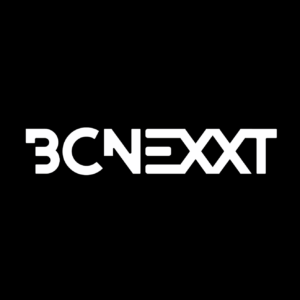
Joe Foster
CEO, Easel TV
Not unexpectedly, if you lock everyone up in their houses for a while you get some noticeably accelerated expansion of the streaming market, and, if we let everyone out again, a drop.
In fact, it’s been far from a corresponding drop but more recent discussion, triggered by Netflix results amongst other factors, has brought a focus as to whether the streaming market might be slowing or saturating.
Whilst it has certainly become harder for most of the big mainstream subscription streaming providers (Netflix, Amazon Prime Video and Hulu) to add more users (each added minimal or no share in 2021 according to BCG), there was growth with the introduction of another tier of general-entertainment SVOD services (such as HBO Max, Apple TV+, Peacock, Paramount+, and Discovery+).
That too, may have its consequences, as consumers will reach a limit of what they are willing to pay for traditional mainstream TV and film type content.
So at a time when strategies need to change and new approaches perhaps need to be considered, can we learn anything from the period of Covid-enforced virtual entertainment?

Living in a virtual world
The pandemic created a period where we were all forced to live remotely for a while. And it also forced many businesses offering entertainment events (theatre, shows, events, concerts, festivals, exhibitions…) to rapidly adapt and innovate. For those businesses streaming quickly became a valuable tool.
Besides introducing new players, new business, new thinking, new requirements and new opportunity - which in itself is great for the industry, this turn of events also led to something positive, because there have always been multiple communities who were excluded from these entertainment events: aging population, people with disabilities or health issues, intimidation, affordability, distance etc.
The streaming of virtual events democratises this; it levels the playing field for these communities, providing a positive outcome for inclusion across a wide spectrum of people and communities.
Responding to the market
In March 2020, during the first pandemic lockdown, Soho Theatre published Fleabag Live on its streaming video service. Run on Easel TV’s streaming Platform-as-a-Service (PaaS), available globally, the show was organised to help fund Covid-19 charities and proved a great success.
As a result, Easel TV were contacted by theatres, event organisers and performing artists looking for a similar way to adopt streaming activities. We knew we could help; we operate our PaaS across web, mobile and multiple TV devices for the likes of NBCUniversal and Sky, among others. However, the challenge for many performing arts entities and event organisers, who were losing their core business revenue during lockdown, was how to introduce a non-core service to their business with no money coming in.
Our response was to create a common or shared streaming service, in this case one centred on live and recorded arts events: a Netflix for the performing arts. We teamed up with PlayerPlus (a managed operator to administer the service) to provide a service that is supported on all device types including big screen TV devices. Consumers can simply buy a ticket and start watching on a multitude of devices. There are no complicated set-up activities, payment is included not just for debit and credit cards, but also via in-app purchases on Amazon and Apple and, for those event providers who use a Spektrix ticketing system, it includes the option to buy tickets to virtual/digital events as an integral part of their business-as-usual product sales – just with a new ‘digital’ line of business.

The future direction
This sort of positive response leads to innovation and progress; this is now all part of our PaaS service. Besides providing a virtual/digital alternative for many industries, this has become a lifeline for the multiple communities who were once excluded from these entertainment events: aging population, health, intimidation, affordability, distance etc.
Yet this may be just the start of even more compelling benefits, as virtual entertainment is almost certainly going to have to help in playing a big part in many of these event industries, and others, in addressing their carbon footprint responsibilities over the coming months and years.
Necessity is the mother of invention, or so they say; it is also good see that in this case it can also potentially be a force for good.









